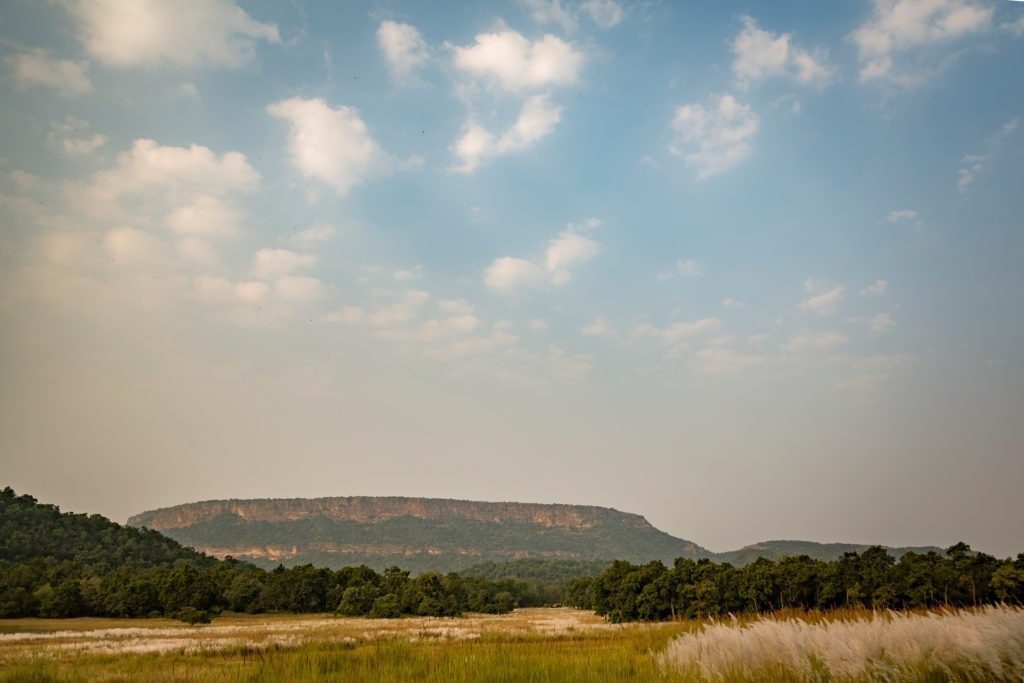Lesser Known Facts about Bandhavgarh
The name Bandhavgarh, itself is a reminder of tigers. A land clothed and steeped in rich history, mythology, dynasties and stories; there is a lot to discover and learn about in this land of Tigers and beyond.
Bandhavgarh derives its name from Fort of Brothers and dates back to 10th century. Bandhav = brothers and Garh = fort. As per mythology the fort is associated with the great epic Ramayan, and was gifted by Lord Rama to his Brother Laxman, after their battle victory over Ravan in Sri Lanka.
Interestingly there is another flip side to the history of the Bandhavgarh fort. According to regional folk lore, Bandhavgarh fort was built by a Gond King with 12 water ponds on the hillock around the fort. Later the fort was ruled by different dynasties Mauryans, Vakataks, Sengars, Kalachuris, and eventually the Baghels.
Here are some of the lesser known facts about Bandhavgarh which are rarely spoken about.
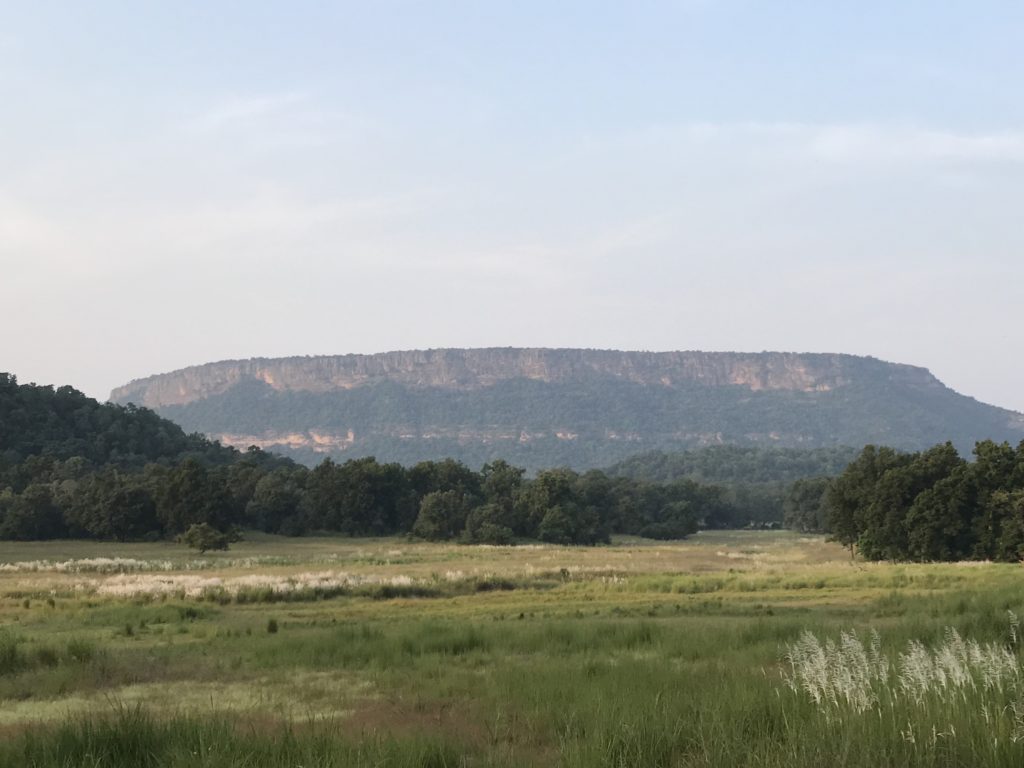
VISHNU TEMPLES AT THE FORT
Hinduism depicts the creation, preservation and destruction of universe as a part of cosmic cycle personified in the form of deities, Brahma – the creator, Vishnu – the preserver and Shiva – the destroyer. Vishnu descended to earth in 10 different avatars to restore the cosmic order out of which nine have been fulfilled. It is believed that the 10th avatar Kalki is much awaited after which Shiva will destroy the universe and a new life starts afresh again.
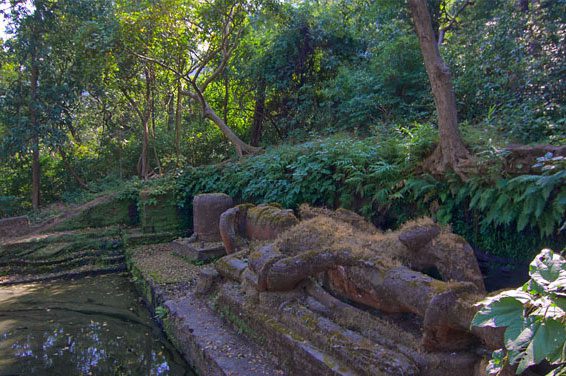
The nine avatars are Fish, Tortoise, Boar, Man-lion, Dwarf man, Parsurama, Ram, Krishna and Balaram which also find correlation with Darwin’s theory. Bandhavgarh Fort holds sculptures of these avatars at the temples, and is accessible twice a year for tourists to visit and offer their prayers. Once during Janmashtami (Krishna’s birthday in August) and other during Kabir festival in December.
LAND OF CAVES
Bandhavgarh is undoubtedly the finest breeding grounds for tigers to strive a healthy population in the wild. Tiger needs an ambush habitat, to blend and camouflage well for hunting, require myriad prey, water bodies, hills and caves. A territory is its home ground which every tiger wants to protect all the time from rivals. Caves are their favorite hotspots to give birth to cubs, snooze off during summers and a shelter during old age.
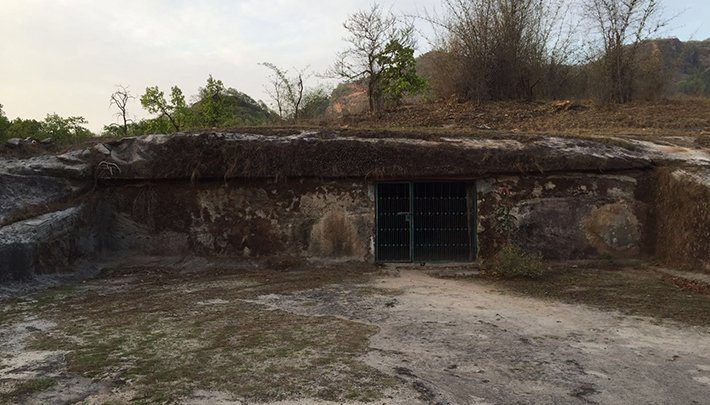
There are around 39 caves in Bandhavgarh and only ‘Badi Gufa’ is accessible for the tourists to glimpse. It has nine compartments and several pillars and is believed to be used by monks and the army during ancient times.
Right now they are home to numerous horse shoe bats. Some of the caves also depict figures of tigers, horsemen, pigs, elephants and inscriptions in Pali script.
SAINT KABIR IN BANDHAVGARH
The famed mystic poet, Saint Kabir Das whose writings influenced not only Hinduism but also Sikhism, resided on the hills of Bandhavgarh during 14th century. A temple atop Bandhavgarh fort hill commemorates the place of his meditation and preachings to his disciples.
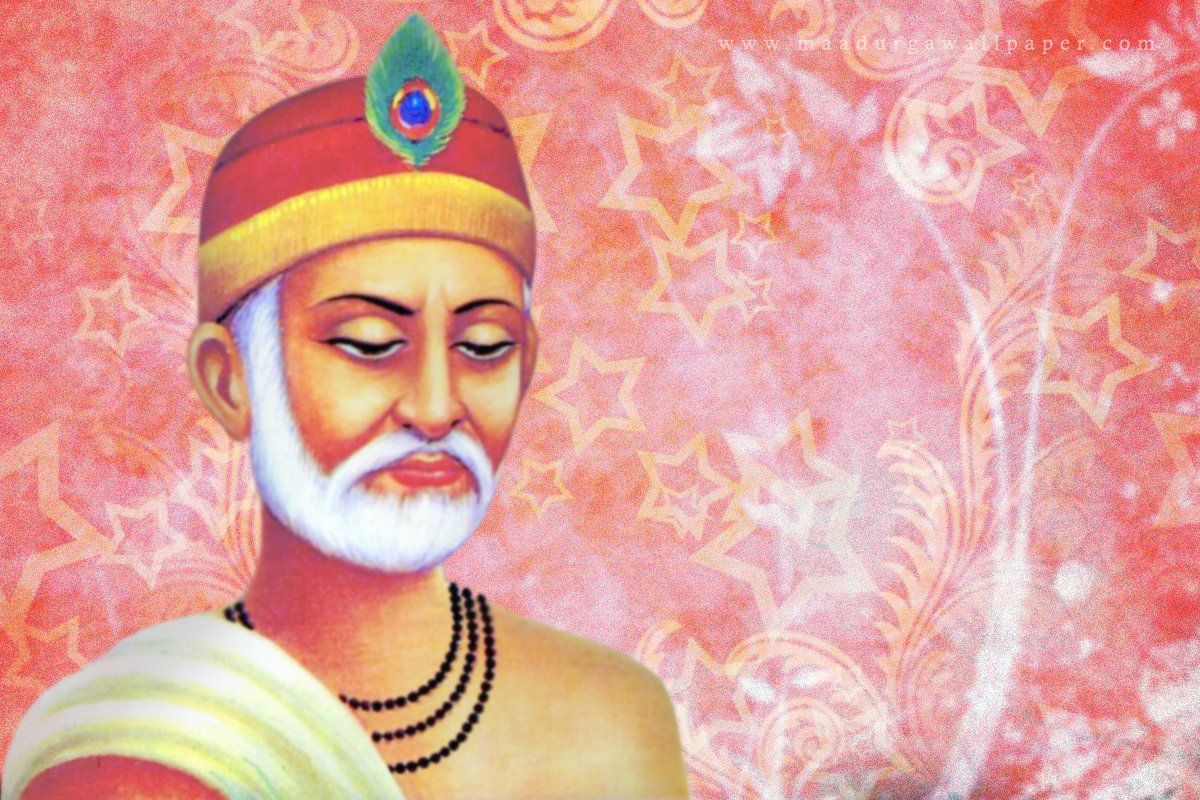
Every year, once the entry gate of Tala zone is opened for devotees and tourists alike to visit on foot this temple for worship and offerings. This entry is allowed once in the third week of December with proper arrangements from Forest department, for the safety of the jungle.
FLOWERS OF THE FIRST RAIN
The dry heat during summers takes away the beauty of lush forest, baring it raw and flaked. Despite being the best time of the year for tiger sightings it’s also the time for arrival of pre monsoon showers.
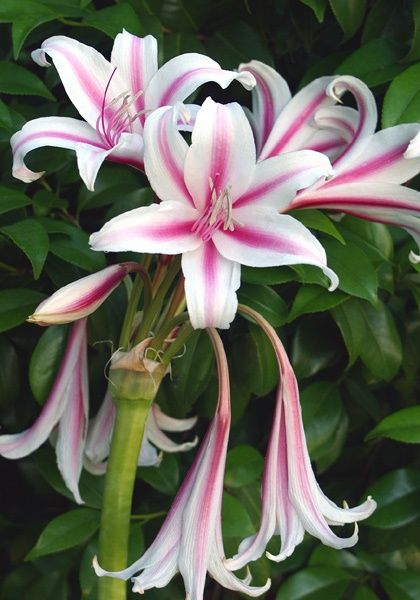
This normally happens during the 2nd or 3rd week of June when the entire forest quenches its thirst from its summer lent. The first rains in Bandhavgarh brings blossoms of white flowers with purple/red highlights called Crinum lily (Crinum latifolium). These can grow upto 3 feet and can be seen in open areas with less foliage.
WHITE TIGER PROVINCE
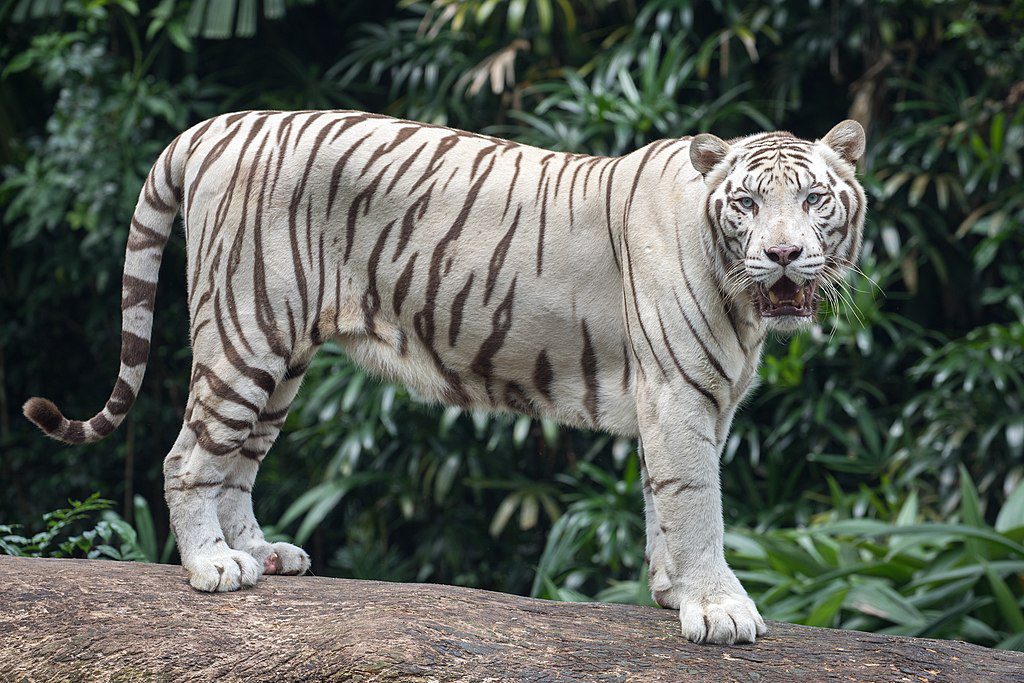
The existence of White tigers can be found in the erstwhile records of Baghel Kings in the first half of 20th century.
In 1951, Maharaja Martand Singh caught a 9 month old white male tiger cub from Bagri forest of Bandhavgarh province. He later named this young male tiger Mohan and kept him in captivity in Govindgarh fort. By breeding Mohan with other female tigers, white tiger cubs were born. He fathered 34 cubs out of which 21 were white. It is believed that the white tigers all over the world are his descendants.
White tigers are white because they lack the pigment pheomelanin, responsible for orange color of the fur, thus distinguishing them from their tribe. It’s not albinism but a genetic mutation.
CHECHPUR WATERFALL
If you want to explore the buffer ends of Bandhavgarh, then you are not far from a picturesque waterfall – Chechpur. It comes under Kallwaah range and is around 60 km from Tala.

One need’s to book a buffer safari before entering this beautiful forest. A small trek over asymmetrical rocks will bring you towards this 35 ft high waterfall. You can enjoy your packed lunch and buffer safari with Team Pugdundee.
LESSER KNOWN WILD DENIZENS
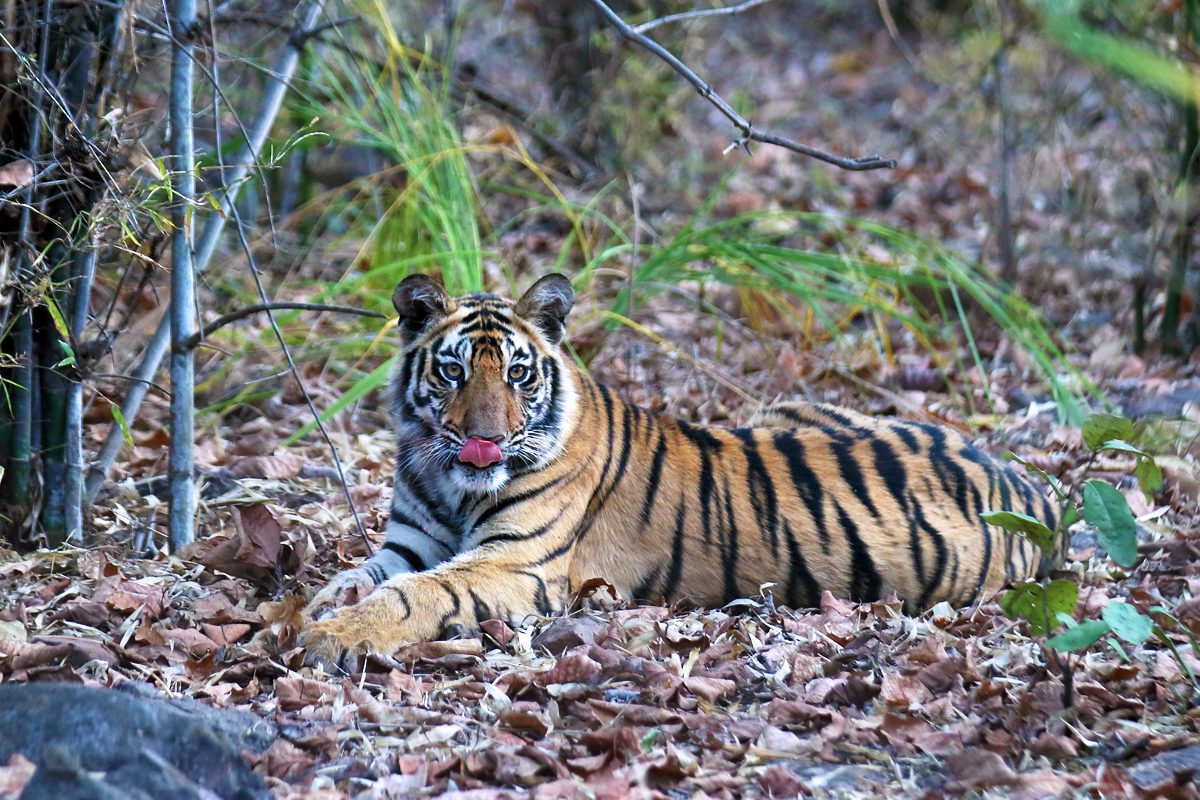
The rich fauna of Bandhavgarh is dominated by tigers, and they rule the length and breadth of this national park, yet towards its fringe we have few other wild species thriving in small pockets.
These off beaten paths on your buffer safari might lead you to spot Chinkara, four-horned antelopes, foxes, wolves and wild dogs. We do recommend you to give it a try when core area safaris are not available online.

Written by: Ashish Tirkey, Manager, Tree House Hideaway, Bandhvgarh
Visit our lodges in Kanha, Bandhavgarh, Pench, Satpura and Panna to watch various fascinating species of the forests frolic in the untamed wild. Get in touch with our trip curators at Pugdundee Safaris to book your next wildlife holiday.
Our trip curators at Pugdundee Safaris are more than happy to assist you. Phone: +91-011-40132680 Email: [email protected]




